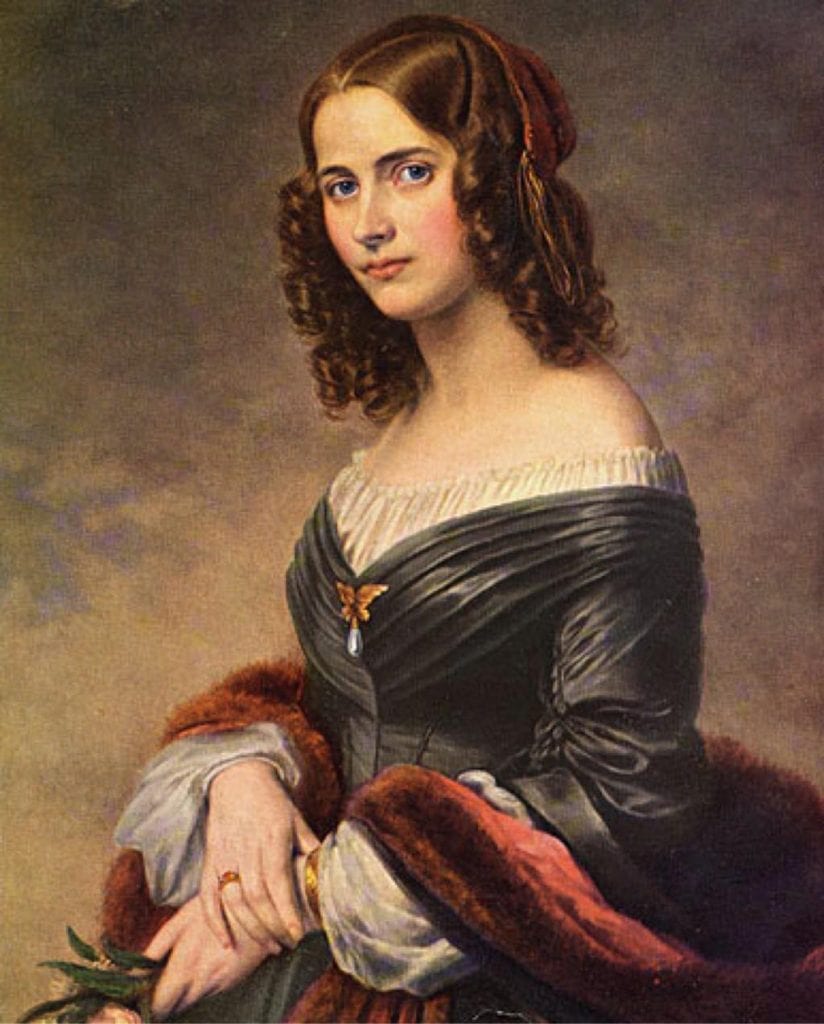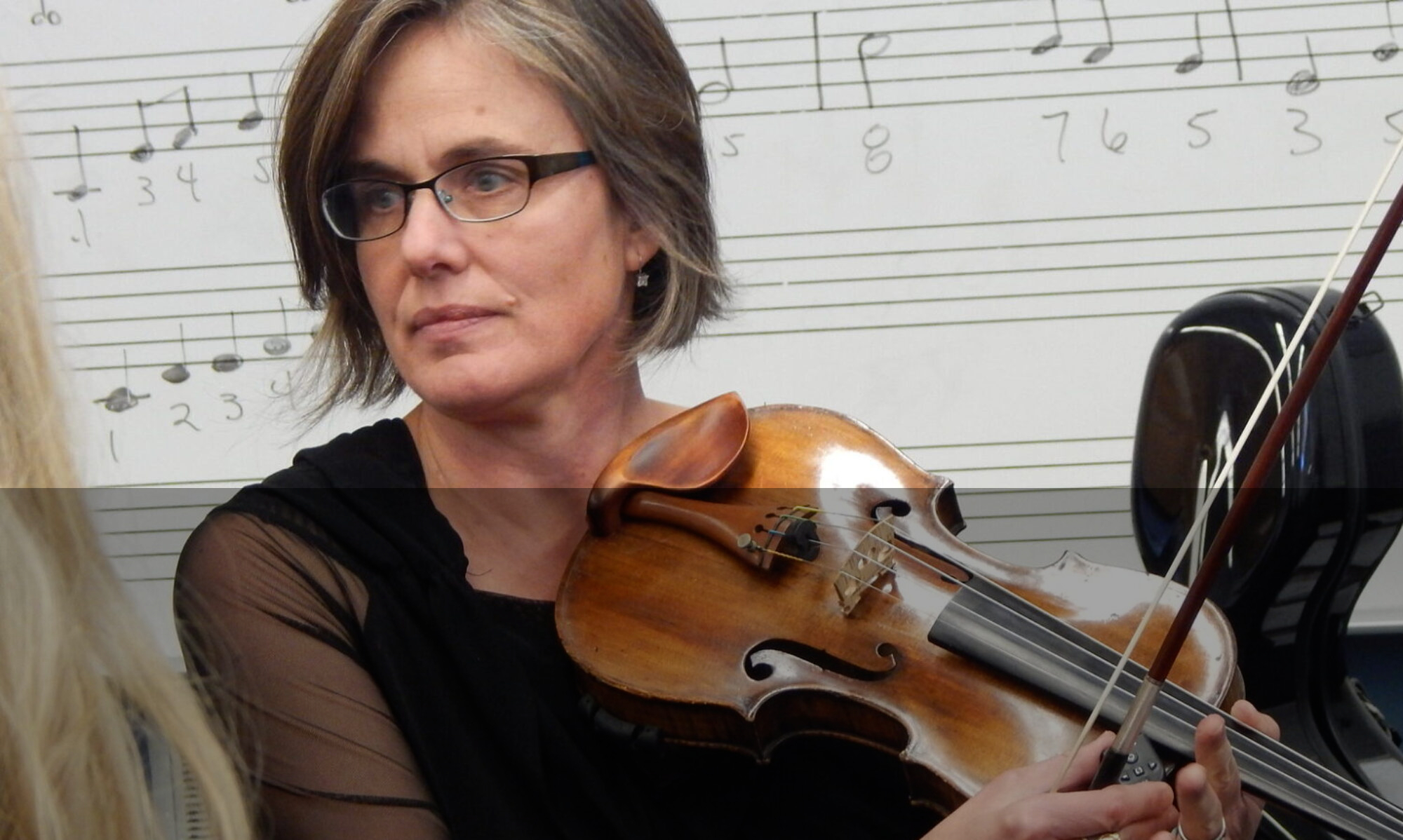
Fanny Mendelssohn was born in Hamburg, Germany, the oldest of four children of a distinguished family headed by Abraham Mendelssohn. Her brother Felix was, as was she, a musical prodigy and truly gifted composer. She was first given piano instruction by her mother and was taught in the “Berliner-Bach” tradition. By the age of thirteen Mendelssohn could play all twenty-four preludes from Bach’s Well-Tempered Clavier by memory. Her brother Felix grew to discover she was a far superior pianist than was he. People began to comment, “She plays like a man,” which was the highest praise for a woman at that time.
Mendelssohn was limited by the prevailing attitudes of the day toward women. Her father wrote in 1820, “Music will perhaps become a profession for your brother Felix, but for you it can and must be only an ornament.” Felix, however, was much more supportive of his sister’s music and had a number of her pieces published under his own name. She continued to compose privately even after she married painter Wilhelm Hensel in 1829.
The Overture in C Major is the only orchestral work she composed. Although most of her music was written for voice or keyboard, she had a wonderful grasp of how to use wind and string instruments. It was never published during her lifetime, but by studying the overture’s original manuscript from its first and only performance (which she conducted), it seems to indicate it was written in 1830-32 when Fanny was in her mid-twenties.
The Overture is styled very much like other overtures of the early Romantic Period. It is “absolute music,” without any background story or visual intention… simply music as “music.” The Overture starts with a slow awakening in 3/4 by the horns, strings and woodwinds, which leads to a much quicker section in 4/4 of rapid strings. It is in a Sonata-Allegro form — a slow introduction, an exposition of several melodic themes, a development section where the themes are extended and modified, and a recapitulation where the original thematic melodies are brought back and repeated and culminate in a finale.
